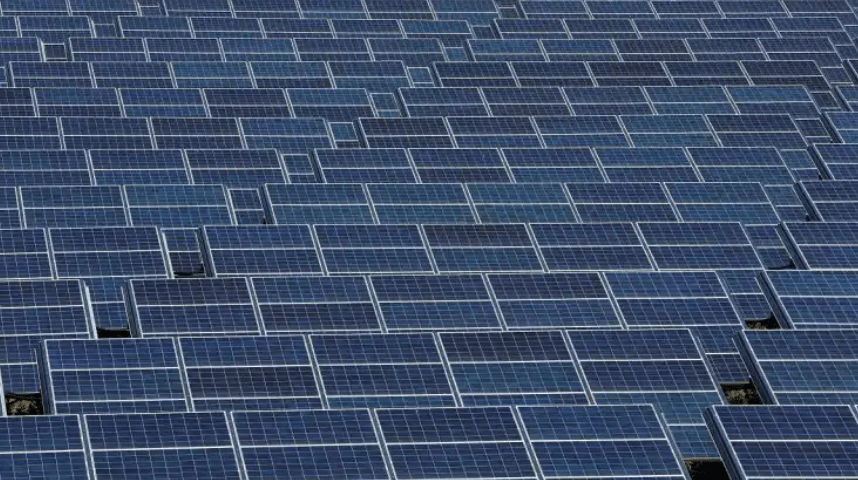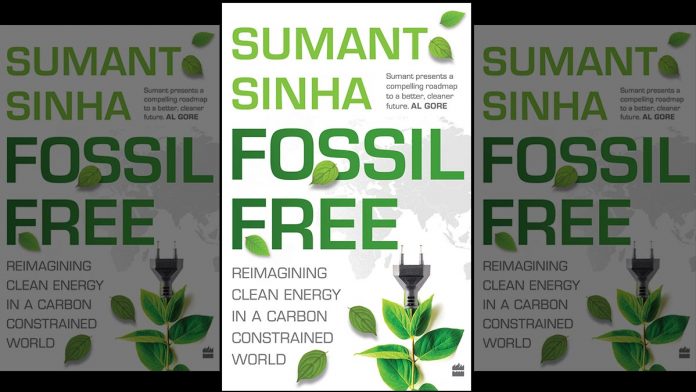There is, however, a silver lining. As we know, electricity accounts for approximately a quarter of total energy consumption. This is a growing proportion, as more consumption areas get electrified. Transportation through EVs is, of course, the most obvious one, but we can include cases in the maritime industry as well as in aviation. Over time if we can move commercial land transportation to batteries and similarly ships and planes as well, then the share of power in energy will increase beyond 60 percent. This will leave mostly industrial applications and the usage of oil or diesel in places where the grid has not reached (and where it may never reach, either because it’s not economically viable or because it is practically impossible).
All of this will require battery technology to improve significantly in terms of storage density and cost. I am optimistic this will happen, given the amount of work going on in the area and the potential benefits and size of the market opportunity. Hence, the share of power in energy consumption will definitely increase in the future. In addition, the applications of heat in industrial sectors (where practical), can also become carbon light with the use of solar thermal solutions. It will happen slowly, but I am confident that given the advances in technology we will be looking at measurable and significant changes in battery usage in transportation within a ten-year period. So, how quickly will power generation itself shift to cleaner sources? Here, as I have mentioned in earlier chapters, the news is pretty good.
The cost of renewable energy (clean solar and wind power mostly, but also biomass and hydro) has become more than competitive with coal power. Detractors will argue that you cannot compare only the pure cost of generation. You should also add the cost of poorer utilization of transmission infrastructure in renewables, plus the cost of intermittency (which requires the maintenance of additional sources of generation on standby, such as gas or hydro). These sources, when they are eventually required, cost significantly more as they are utilized only for a shorter duration of time.
In the Indian context, the cost of transmission when fully loaded on renewables, adds an additional cost of approximately half to `1 per unit (approximately 0.7–1.4 cents USD) when compared to the cost of transmission loaded on thermal. This cost depends on whether we use hybrid systems. These systems, using both wind and solar, can help increase PLFs as much as 80 per cent and thereby reduce the cost of per unit transmission. Similarly, the cost of intermittency management may require let’s say, a gas peaker-plant to be on standby. If it is used for 20 per cent of its capacity, then the cost of power generated by this when loaded on to renewables, may add another `1 per unit (approximately 1.5 US cents). Another way of getting the same result is to have storage-based solutions, either through pumped hydro or batteries. This brings the total cost—renewables plus transmission plus intermittency management—to `4.50–5 (approximately 6.5–7 US cents) per unit. Given that the capital costs of such a system would be entirely incurred upfront with very low maintenance costs on an ongoing basis, this cost would be fixed for a period of twenty-five years.
This compares very favourably with thermal- or coal-based solutions, which at today’s prices would be a tariff of `4–5 (6–7 US cents). But there are two issues with this number for thermal. First, it is not fixed for twenty-five years; it would depend on the cost of coal and logistics on an on-going basis and therefore may very well increase over the years.
Even an inflation linked-increase of 3 per cent per year for the variable cost only (which is typically 60–70 per cent of the total cost), would lead to an increasing tariff over the years with ten-year-out prices roughly higher by a third to `6–7 per unit (8–10 US cents). The second significant issue is that these costs do not take into account the hidden cost of pollution and negative climate impacts. This is an externality that is hard to cost properly. But just given the increasing problem of climate change, this cost will also keep increasing over time. In addition, while coal plants do give base-load power you actually cannot dial them down below a certain level and to that extent it impacts the flexibility of the generation side. Hence, even today it could be argued that the full cost of renewables (with intermittency and transmission fully costed) is similar to or lower than the full cost of coal-based power. And given the continuing improvements in technology and manufacturing scale, renewables costs are on a downward trend.
We have seen too that while India has made rapid progress on its renewable energy journey, much of the road is still to be traversed. A target of 175 GW by 2022 is laudable, particularly as it was set at a time when we had only 25 GW installed in 2014. A sevenfold increase in almost the same number of years implies a compounded growth rate of almost 30 per cent per annum. This target can now be safely extended to 2025 and perhaps even to 2030. While we may not meet the 175 GW target by 2022, we will come quite close to it. As of now, 90 GW is already installed and another 30 GW has been auctioned. Assuming all this gets built by 2022, we will need another 50 GW to be auctioned in the next year or two. A good part of this will definitely happen. In September 2019, Prime Minister Modi announced a new renewables target of 450 GW by 2030 at the UN Climate Action Summit in New York.
While renewables provide an answer to carbon emissions in electricity generation, they also contribute sizably to job creation. A single 50 MW plant creates approximately 500 jobs for six months during construction, and another fifty jobs on average during the operational phase for the life of the project. Therefore, a simple extrapolation shows that 0.4 million construction jobs would be created every year over the next ten years, if an additional 400 GW is installed by 2030 (an additional 40 GW per year). The number of full-time and continuing jobs that would be created would be another 0.4 million. These are direct jobs. Accounting for a ratio of one direct job creating three additional indirect jobs, we should see a total of more than three million jobs being created by the renewable sector over the next ten years.
Excerpted with permission from ‘Fossil Free: Reimagining Clean Energy in a Carbon-Constrained World’ by Sumant Sinha published by HarperCollins, Price Rs 699.
Source: CNBCTV18.COM




